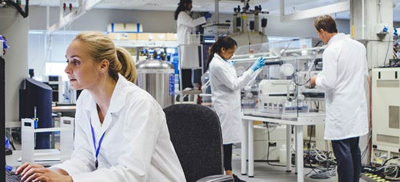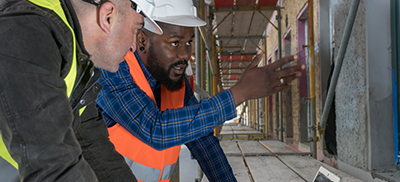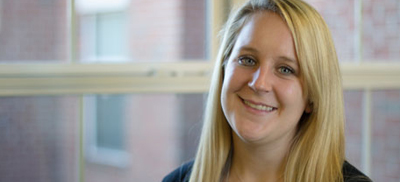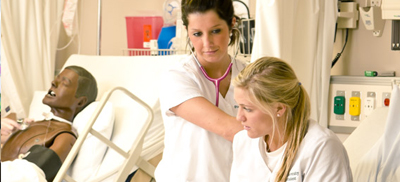In our current culture, cell phones, laptops, and tablets dominate the personal space of so many people on a global scale. While these devices have a high personal value, businesses are also capitalizing on these technologies to maximize their companies’ structures. Mobile applications are constantly being enriched with new features that allow unprecedented advertising techniques, business ideas, as well as business development. Here are three brands that exemplify these concepts:
Uber
Prior to Uber’s official launch in 2011, requesting rides was typically a task that passengers undertook through a cab company. Smart phones were still evolving at a rapid pace and Uber sought to not only revolutionize how passengers engage taxi rides, they also wanted to streamline the process by utilizing a mobile app that allows people to simply summon a driver with a few taps of their screen. In big cities, such as New York City, taxicabs have a partition between drivers and passengers; whereas Uber drivers use personal cars, which in turn provides users a more personalized experience. In a society where smartphones allow individuals to stay connected, word of mouth recommendations are a major tool. Uber capitalizes on such potential by assigning each user a promotional code, which they can send to friends who don’t have the app. For each new user that signs up and takes a ride, the individual that gave them the referral code gets credit, while the new user can receive a free. These referrals offer users an incentive to spread the word, and in turn, allow Uber to expand their business.
Snapchat
Social media is a platform that is increasingly being used not only by individuals for personal reasons, but businesses as well. Accessibility to the consumer allows for brands to build relationships and personalize customer support. Snapchat is a platform which employs Geo-filters, as well as 3D filters, which can be used by sponsors to attract customers and promote their business. 3D filters scan the user’s face, and then an augmented reality animation is placed in the scene of their picture, often looking realistic. Movie studios use these filters to promote their latest films and television networks utilized filters during the 2016 presidential debates to market themselves. Geo-filters are filters that appear on user pictures, but only in certain locations. Companies can design a filter that will be available globally for a specific product an allocated period of time. Additionally, individuals can purchase certain filters for events such as birthdays and weddings. In terms of engaging with consumers in an entertaining manner, Snapchat is a platform that understands how to take advantage of the nature of evolving technologies of today.
Tesla
When one describes a car that can accelerate from 0-62 miles per hour in 3.2 seconds, an individual might assume that they are describing a super car; a Ferrari or Lamborghini perhaps. While these super cars do reach similar acceleration rates, this description also includes the Tesla, an electric car that revolutionized the automobile industry. From its conception, the creators of the Tesla always had one element in mind- excellence. Seeking a shift from combustion engines, the original Tesla proposition emphasized a lack of tailpipe emissions, the ability to drive 300 mile range per charge, and zero maintenance for 100,000 miles, with the exception of needing new tires. Presently, Tesla has made leaps and bounds in creating a car that places heavy emphasis on technology. Per Tesla, the interior boasts a 17-inch touchscreen that controls most of the car functions. There is a calendar app in car that allows the GPS route to sync with your daily routine, a precedent shared with Apple and their iOS operating system. Another crown jewel of Tesla vehicles is how the car is updated. Updates are over the air, working just like cell phone updates, therefore owners do not need to plug in their cars; they simply download via the touchscreen and let the car do the rest.
It does not matter whether you are at work, at home, or on the road; technology has a place in any and every situation. Businesses are forced to continually adapt in order to remain ahead of the curve and set them apart as innovators in their respective industry.






